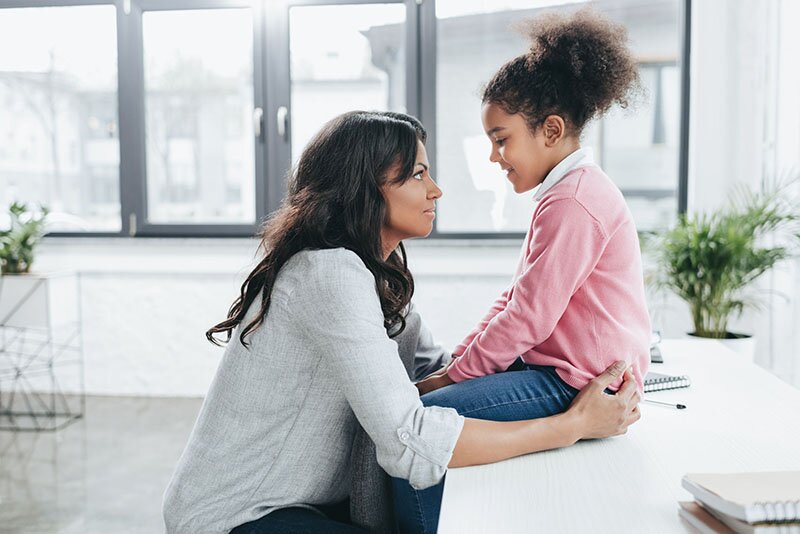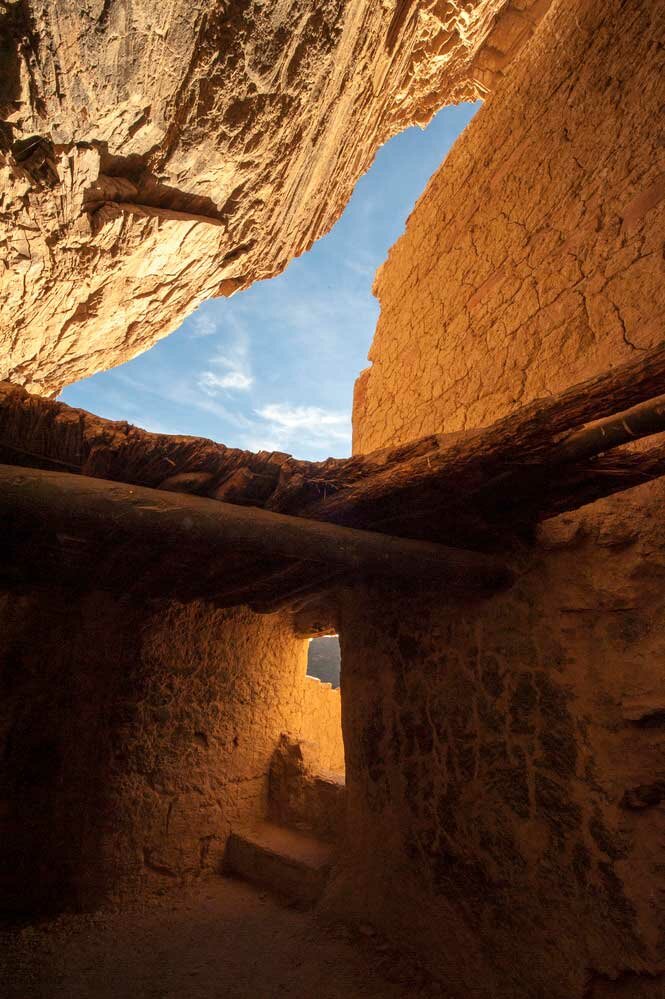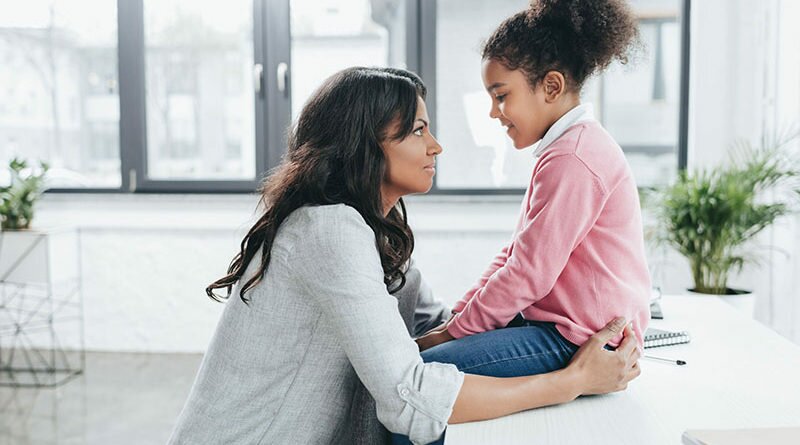How to Talk to Kids About Coronavirus

In any crisis, young children might hear things they’re not ready for. For some guidance, we reached out to Mary Alvord, PhD, a psychologist practicing in Maryland and co-author of the books “Resilience Builder Program for Children and Adolescents” and “Conquer Negative Thinking for Teens.” She specializes in the treatment of anxiety disorders and other conditions that depend on resilience. The following interview has been edited for length.
What should we tell our young children so they’re informed but not scared?
Very young children (under 4) may not understand what they have heard, so you need to see if they have questions and then you can explain in simple language that their routines will change. Avoid talk of people dying since they do not really understand those concepts and it would just add confusion.
With preschool and elementary ages, the concern is that kids just hear parts of conversations relating to this, and they also pick up tones of voice which can turn into misunderstanding.
Explain that there is a new illness that we are finding out about. Say that it doesn’t seem to make kids sick, but we need to keep our physical space bubbles smaller so the illness doesn’t spread. But we can still talk with people on the phone, FaceTime them, play games, or ride our bikes outside.
Be sure to ask them how it makes them feel and what they are thinking about. Admit to them that some of this might be confusing because we don’t know everything about it, but we are here together and will figure this out.
Parents need to ask what their pre-teens and teens have heard from peers and from teachers. For this age group, who are also exposed to social media and more communications, it’s important for parents to stay calm and explain what they know and remain open to questions.
They might together search reliable medical/science websites to get the latest information. There may be more anxiety as they may have heard more mixed messages over the past two weeks.
I would also stress the positives about this situation. We are all looking out for one another, and we get to spend more time together (teens are not going to be thrilled about that, though, so it can be reframed to the fact that they can be more creative reaching out to friends.)
What should be avoided in these discussions?
Panic talk and panic behavior on the part of parents. Also, no need to go into great detail about the deaths.
How should the discussions be approached?
Parents should take the lead in asking what their children/teens have heard. That way, parents can determine what the understanding is and make it more clear. It would help for parents to ask if their child is worried about this and if so, what they are worried about.
I would not suggest that young children be told more than they can understand. Length of conversation depends on the age, but these can be brief and multiple times per day as needed.
Don’t overload.
What else can parents do to keep kids calm?
We should focus on what we can control and be proactive when we can. No sense in spinning over what we cannot control.
Parents are the role models, so if they stay calm, kids typically follow that lead. Parents can clarify for their children and reassure them that they are there to do as many things as necessary to keep them all safe. And, even if someone gets sick, it’s unlikely they will get very ill.
I also provide parents with the analogy of the oxygen mask in the airplane. That is, parents need to do what they need to stay calm, and then they can calm their children.
What’s There to Do?
In addition to getting the kids outside—daily walking as well as spending time in nature are scientifically proven to be good for your health—going to a museum online or taking a virtual field trip can be a great way to occupy and educate… no permission slips required. Thanks to Anthem resident Michelle Mantle for pointing out this category of edutainment. Resources:
The Ultimate Guide to Virtual Museums
www.mcn.edu/a-guide-to-virtual-museum-resources
Discovery Education: Virtual Field Trips
www.discoveryeducation.com/community/virtual-field-trips
12 World-Class Online Museums
www.mentalfloss.com/article/75809/12-world-class-museums-you-can-visit-online
American Southwest Virtual Museum
https://swvirtualmuseum.nau.edu/wp
Local resident Renée Brown suggests some old-timey remedies: Puzzles, coloring books, reading and painting, with supplies to be found at Michaels and other area stores.


